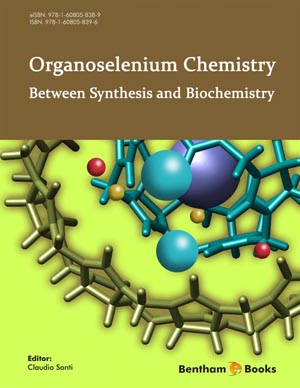Abstract
Selenium (Se) is an essential micronutrient with proposed role in the protection of DNA, proteins and lipids from oxidative damage, and in the homeostasis of the immune system, thyroid gland and spermatogenesis. Environmental (soil and water) availability influences Se food content and thus the Se status of the different populations. Recommended daily intake in USA and Europe is 55 and 60 μg/day, with tolerable upper intake levels of 400 and 300 μg, respectively. Biological activities are dependent on the organization of the elemental form in the structure of the amino acids selenomethionine and selenocysteine, with the latter as functional component of endogenous proteins with role in redox catalysis (glutathione peroxidases, thioredoxin reductases, and iodothyronine deiodinases), signaling, storage, transport and structural activities. A series of epidemiology and intervention studies have suggested that populations exposed to high levels of intake may benefit of health promoting effects and this has made Se supplements quite popular. However, such positive effects are not always supported by sufficient evidence and a number of studies, on the other hand, have suggested that higher intakes may cause adverse effects increasing the risk of cancer and diabetes. Chronic toxicity of Se remains in fact matter of concern representing a valid reason for further clinical investigation on the safety of current supplementation and food fortification protocols. This chapter provides a systematic analysis of the literature available on these aspects particularly focusing on nutritional and biochemistry features of Se.
Keywords: Selenoproteins, Selenocysteine, Selenomethionine, Se intake, Selenosis, Selenium deficiency, Thyroid hormones, Diabetes, Glutathione peroxidase, Redox catalysis.






















